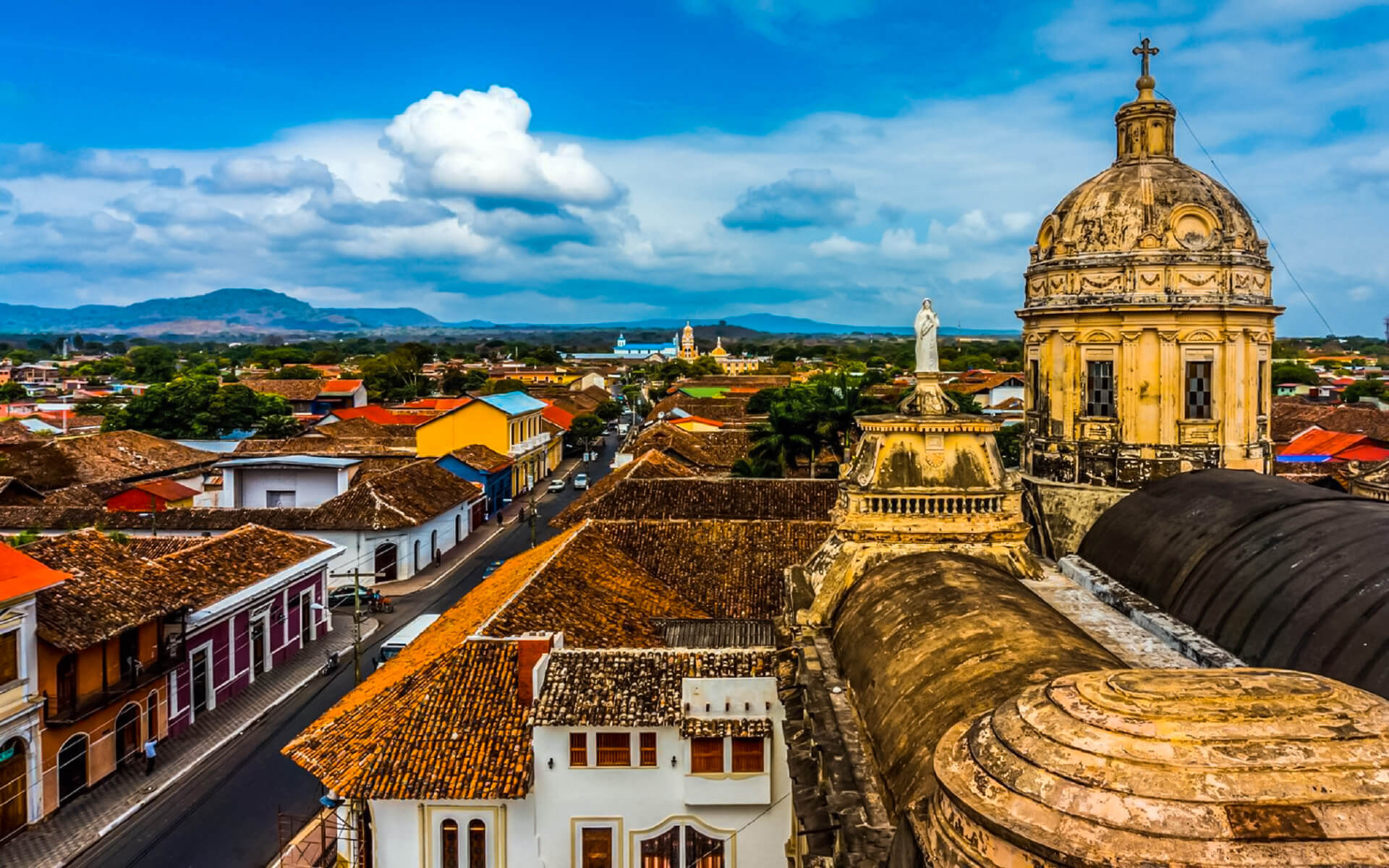Granada is the capital city of the province of Granada in the Spanish autonomous community of Andalusia. Granada sits at the confluence of four rivers, the Beiro, the Darro, the Genil, and the Monachil, at the foot of the Sierra Nevada mountains. It is located at a height of 738 meters above sea level and is approximately one hour by driving from the Costa Tropical on the Mediterranean coast. The Sierra Nevada Ski Station, which lies nearby, hosted the FIS Alpine World Ski Championships in 1996.
The population of the city of Granada proper was 236,982 according to the 2005 national census, while the population of the whole metropolitan area was projected to be 472,638, putting it as Spain’s 13th-largest urban area. Approximately 3.3 percent of the population lacked Spanish citizenship, with the majority of these persons (31 percent; or 1 percent of the overall population) being from South America. Federico Garca Lorca Granada-Jaén Airport is the closest airport.
Granada is home to the Alhambra, a Moorish castle and palace. It is the most famous edifice of the Andalusian Islamic historical inheritance, with numerous cultural features that make Granada a popular tourist destination among Spanish towns. The Almohad influence on architecture may also be seen in the Granada suburb of Albaicn, which has magnificent examples of Moorish and Morisco architecture. Granada is particularly well-known in Spain for its University of Granada, which has over 80,000 students scattered across five campuses in the city.


